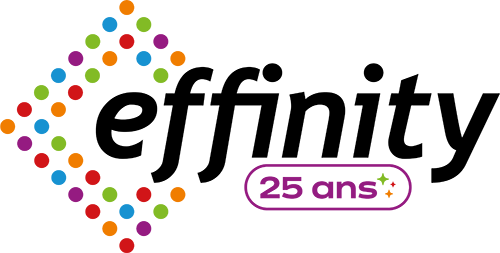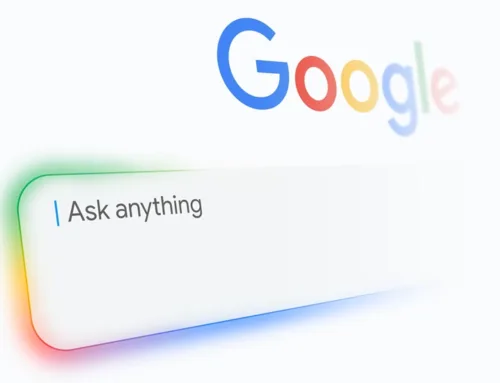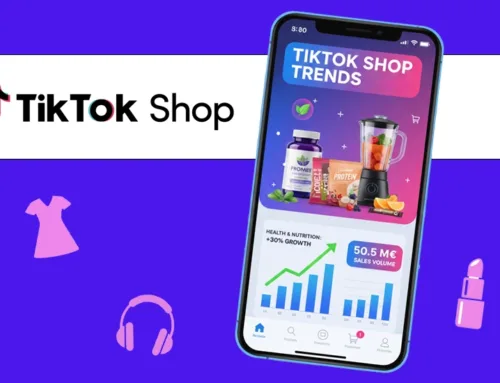BtoB content creators, whether newsletter authors, podcasters, YouTubers or LinkedIn influencers, are playing a growing role in corporate marketing strategy. Like “mainstream” creators, they address hyper-targeted and engaged audiences, but these are made up of decision-makers, experts and professionals in search of relevant insights.
In evolving from BtoC to BtoB, influencers have moved from the role of trend-setter to that of trusted voice, bringing real added value to professional communities. And that’s exactly what companies need: authenticity that stands out.
In this article, we’ll look at whythese BtoB creators are an asset to your lead acquisition and salesstrategy, and how to integrate them effectively into your marketing campaigns. From now on, content and influence in B2B are no longer a “nice to have”, but a “must have”!
Why focus on BtoB designers?
As in the BtoC sector, influence, trust and credibility are decentralized. Today, people prefer to listen to individuals rather than organizations, and audiences are more seduced by the “real talk” of creators than by the messages distilled by companies in their advertising.
BtoB advertisers therefore have an interest in relying on the recommendation power of B2B creators, and benefiting from a transfer of trust, based on a fairly simple mechanism: if, as a buyer, I trust a creator, who in turn trusts a company (for a service or product), then I can trust him too!
One of the strengths of these influencers lies in their ability to generate discussion and exchange within their communities. Because if in B2C, you gain subscribers through your personality, in B2B, you gain respect by sharing your expertise. And by doing so, creators can perceive trends or have the opinion of their community, which can provide valuable insights for brands.
Classic levers running out of steam
B2B advertisers need to move beyond traditional performance strategies centered on large email bases, call centers and so on. These approaches are now facing a slowdown and saturation of traditional channels. At the same time, SEO is driving less and less traffic, and paid acquisition is becoming more and more expensive. It is therefore essential to explore new strategies for capturing more qualified and intentional leads. Brands also need to be less dependent on the vagaries of algorithms, in favor of human-to-human exchanges.
The quest for authenticity
To become opinion leaders in the professional world, to federate a community, BtoB content creators need to be transparent and straightforward. They have built their reputation on their expertise and their ability to popularize complex concepts. As a result, their words are perceived as authentic, and their audience trusts them.
By associating themselves with a brand, they commit their word and their image. The brand benefits from this credibility and a transfer of trust. It’s a powerful lever for advertisers.
A qualified, engaged audience
BtoB creators attract a professional audience looking for high value-added content. Unlike traditional advertising, which can be perceived as intrusive, a creator’s content is seen as a reliable source of information and analysis. It develops a regular relationship with its community, so for a brand, it’s a way of quickly reaching a granular target already engaged.
Micro-influencers and maxi-engagement
BtoB content formats produced by creators (podcasts, newsletters, webinars, long-form videos) enable more attentive and engaged consumption than a simple banner ad or sponsored post on a social network. A reader of a specialized newsletter or a loyal listener to a podcast devotes time and attention to the content. This is an ideal opportunity for a brand to integrate its messages in a natural way.
And from a strategic point of view, it often proves more effective to collaborate with micro-influencers, who have smaller but highly engaged audiences. Their authentic, specialized content generally generates higher levels of engagement and trust than influencers with larger communities. They create a close bond with their followers, which translates into better conversion rates for brands.
Which formats are best for reaching the right audiences?
Specialized newsletters: a direct and loyal channel
Thematic newsletters are a benchmark for many decision-makers. They share in-depth analyses, trends and feedback.
Why choose this format?
- A qualified audience that has chosen to receive the content
- Open rates (up to 60%) and read rates often higher than those of conventional articles
- The possibility of sponsoring or co-writing content
- The possibility of direct conversion
How do you work with newsletter creators?
Sponsored by a brand, a newsletter can include an advertising insert or high value-added editorial content, such as a case study.
BtoB podcasts: immersion and impact
Podcasts are a fast-growing format, particularly in the BtoB world. It allows you to delve deeper into subjects and establish a relationship of trust with your audience.
Why choose this format?
- Careful consumption (often in the car, during transport or at the gym)
- A more authentic tone, closer to the audience
- The ability to integrate quality interviews and discussions
How do you work with podcasters?
- Episode sponsorship
- Participation as a guest expert
YouTube and webinars: the impact of the video format
Video is one of the most engaging media. YouTubers and BtoB experts use the platform, in particular, to deliver educational content.
Why choose this format?
- Video makes complex subjects easier to understand
- YouTube is a search engine increasingly used by professionals
- Webinars enable direct interaction with the audience
LinkedIn & Twitter: influence and virality
These platforms have become essential for BtoB marketing. Creators publish engaging analyses, opinion pieces and discussion threads.
Why choose these networks?
- A qualified professional audience
- Strong interactions on quality posts
- The ability to make collaborations visible and shareable
How can you integrate BtoB designers into your strategy?
Identifying the right partners
It’s essential! It’s all about finding creators whose audience matches your target personas. To do this, you need to analyze their content, engagement and tone to check that they are aligned with your values.
Audiences are made up of readers who are looking for advice, information and/or inspiration in their sector of activity. So it’s important to speak from expert to expert, and to choose the right influencer profiles for each campaign. Influencers need to be knowledgeable about the subject, able to respond to comments, bounce back and find a relevant angle.
Propose relevant collaborations
BtoB creators are looking for partnerships that make sense to their audience. Rather than a simple product placement, this means offering useful and interesting content, such as unpublished research, data, a white paper, and so on.
Focus on the long term
Recurring collaborations are more effective than a one-off. A brand that is regularly featured in a newsletter or podcast benefits from better recall by the communities it reaches.
Tracking results
After each operation, you need to measure the impact of your collaborations: engagement rate, conversion, leads generated… And adjust your strategy according to performance.
This type of lever needs to be managed in a different way. We don’t analyze the same KPIs as a traditional campaign. Reach and visibility are important criteria. When working with BtoB creators, leads are more qualified, more intentional. CPL is often higher, but with greater profitability.
Want to reach the right BtoB communities? We can help you identify the right creators and maximize your impact. Tell us about your project.




